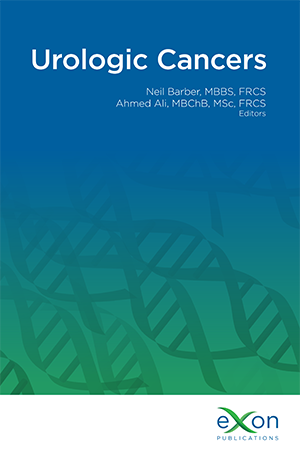The Role of Family History and Germline Genetics in Prostate Cancer Disease Profile and Screening
Main Article Content
ABSTRACT
Established risk factors for prostate cancer include age, ethnicity, a family history of prostate cancer or carrying a pathogenic germline variation in a prostate cancer predisposition gene. Approximately 10-15% of men with advanced prostate cancer have a germline genetic predisposition to the disease (i.e., BRCA2). Whilst the largest, and most well-known prostate cancer screening studies (i.e., ERSPC) have focused on the use of prostate-specific antigen as a screening tool, the incorporation of tissue and liquid genomic biomarkers alongside modern imaging modalities are being designed to individualize and improve the accuracy of both the screening and diagnostic pathway. The use of a polygenic risk scoring can now also offer a man his personalized prostate cancer risk based on a number of low-risk, common genetic variants and is currently the subject of ongoing research. The mainstreaming of genomics into the prostate cancer screening, diagnostic and treatment pathway will soon become embedded into routine clinical practice. This chapter aims to summarize current knowledge on the topic of men who harbor a genetic predisposition to prostate cancer, how this predisposition arises, its stratification into low-risk common variants vs. high-risk, rare variants, and its impact and incorporation into screening and diagnostic algorithms. The importance of germline genetics beyond screening and diagnostics, its role in the identification of lethal prostate cancer, and in the selection of targeted treatments for advanced disease is also discussed.
Downloads
Metrics
Article Details

This work is licensed under a Creative Commons Attribution-NonCommercial 4.0 International License.

